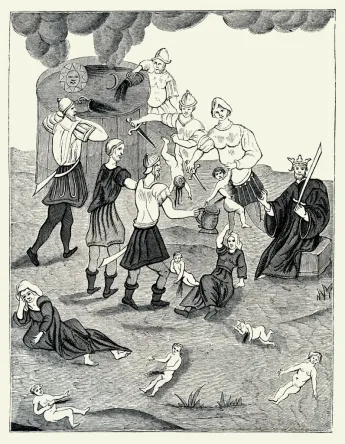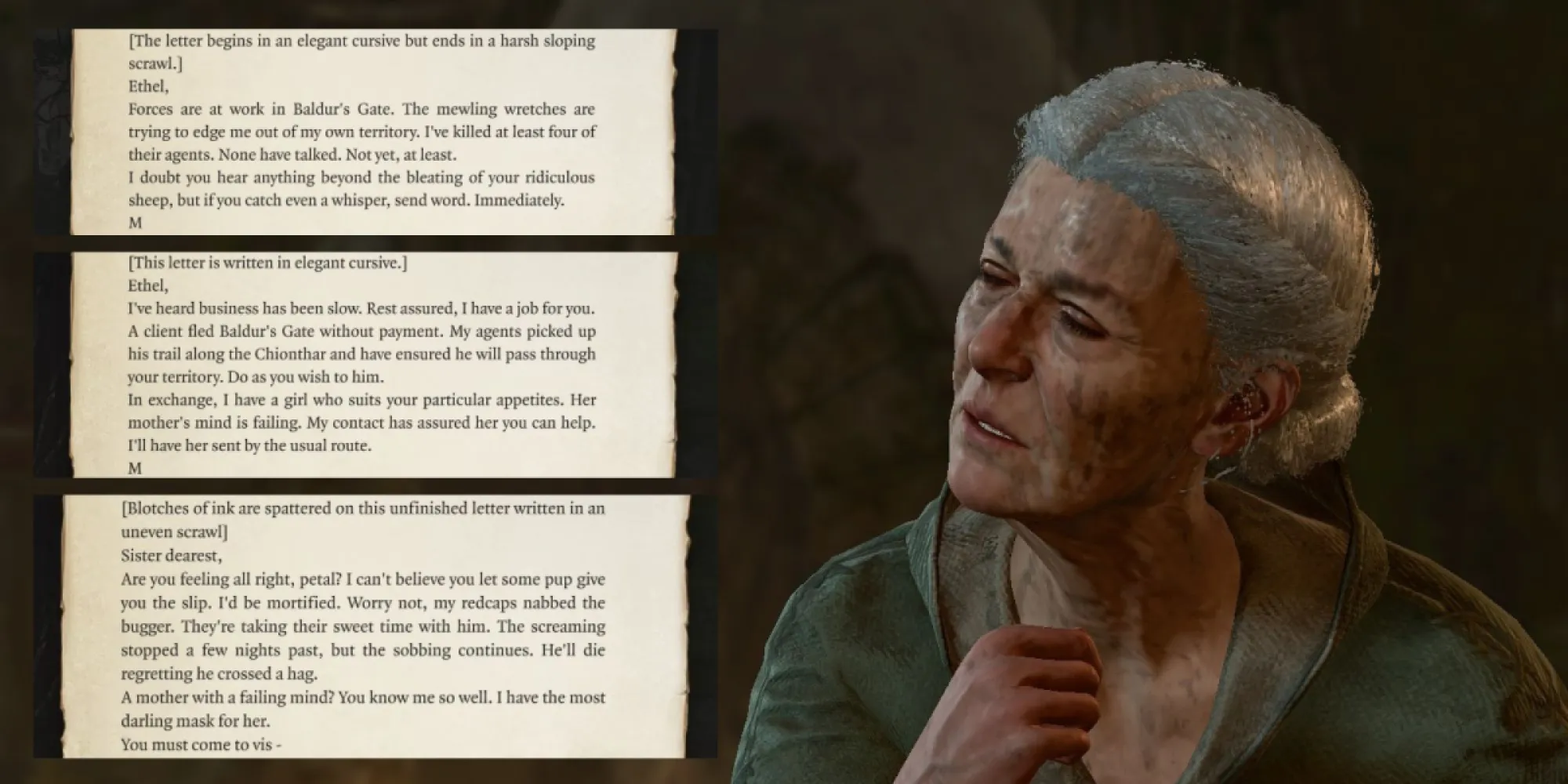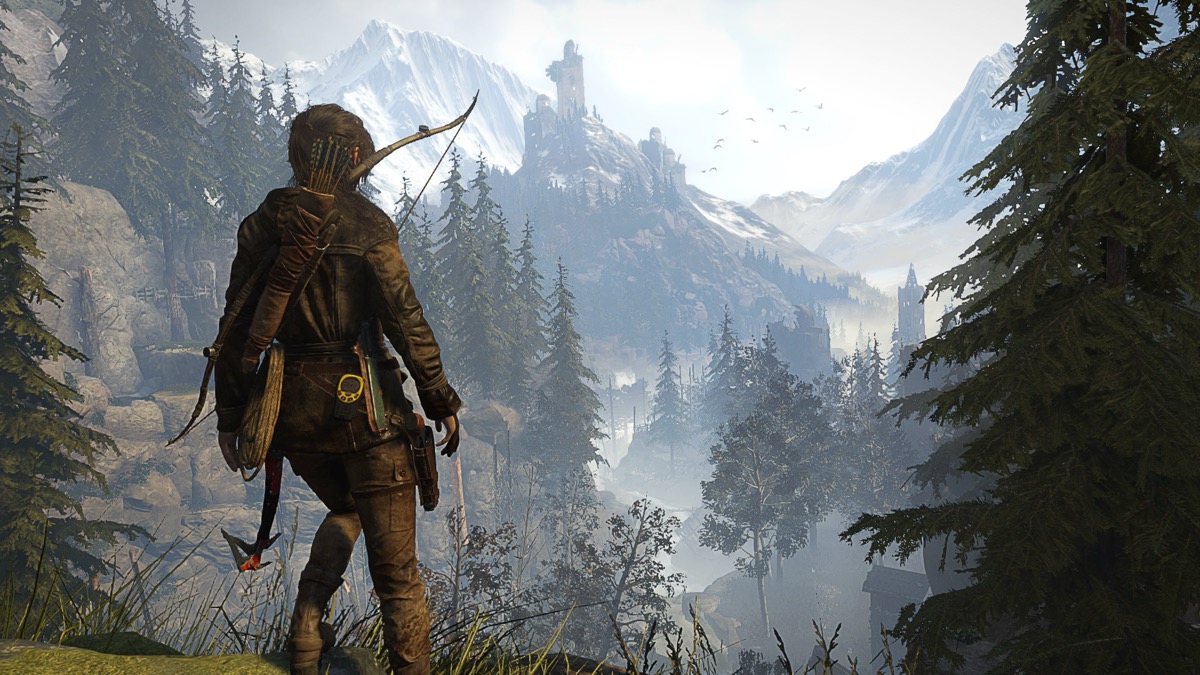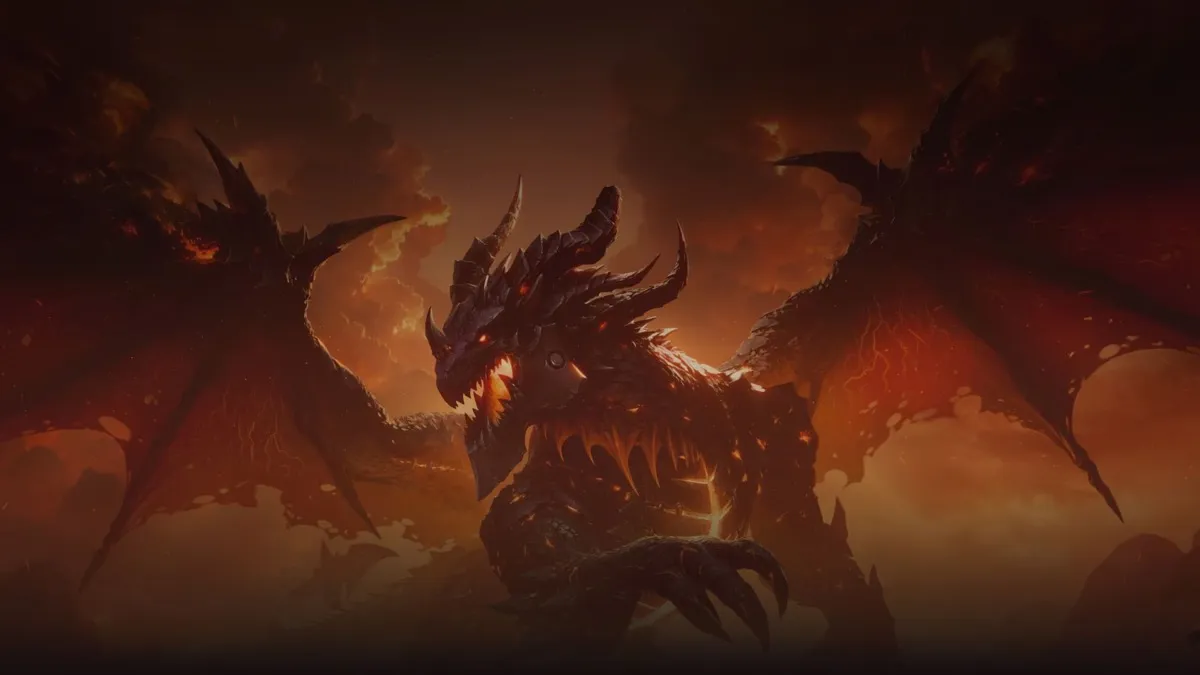Between my 65 hours in early access and 70 hours since release (all still in Act 1), I’m clearly a big fan of Baldur’s Gate 3. It’s ridiculously flexible for my playstyle, the stories are intriguing, and the consequences feel real, but I’ll have to take the word of all the regular RPG players about how boundary-pushing this is. As a person who really doesn’t play this genre, all I know is that it’s a lot of fun in every way. Still, as a piece of art, it has its issues.
Since my first playthrough, one major issue in a side plot has disrupted my ability to sing this game’s praises without a caveat. That’s the implementation of a common fantasy trope steeped in misogyny and antisemitism.
**Spoilers for a boss fight in “Sunlit Wetlands” (Fetid Bog) in Baldur’s Gate 3.**
Unless they complete the Goblin Camp first, players will find their first major boss fight in the Sunlit Wetlands. After passing some roll checks and/or starting an unprovoked fight with the strange animals in the biome, the setting transforms into an acrid swamp. If earlier conversations (or bodies) didn’t reveal Auntie Ethel wasn’t what she seemed, this large-scale illusion in her home does.
Turns out she’s been making deals with wretched people and screwing them over for her own gain. Her most recent victim’s family (Demir and Johl) are desperately trying to rescue their sister, Mayrina. When you find out why, it goes downhill so fast. I seriously kept telling myself, “Maybe more context will make this not what it appears.” Nope. After exploring the dialogue tree across three play-throughs, my fear was confirmed.
Blood libel in fantasy, again
After losing her lover and father to their future child, Mayrina works out a deal with Ethel. Ethel (a witch who transforms into a swamp-like hag) will resurrect Conor in exchange for Mayrina’s child, who she’ll teach magic. Ethel reveals plans to EAT THE CHILD to make a hag daughter. If this plot of a magical person, who shares features with historically antisemitic caricatures of Jewish people, trading or coercing someone to give up a child that will be consumed in some way sounds familiar, it’s because it is.
This story is a common storytelling device in fantasy that came from the extremely antisemitic trope of blood libel.

While emerging theories among historians place the origin around 600 AD, most agree it stems the brutal murder of an English boy, William of Norwich, in 1144. William’s family blamed Jewish people, accusing them of a ritualistic blood sacrifice of Christian children in observance of Passover. The conspiracy theory stuck around past the Middle Ages as an effective scapegoating tool during turbulent times.
Any kind of upheaval (economic, social, political, etc.) has consistently been blamed on Jewish people since. This includes art and stories (like fairytales) that together created the fantasy genre. BG3 is not the only huge fantasy game in 2023 with links to blood libel.
This trope isn’t the only strike against Ethel for antisemitism; it’s the strongest in a growing list. She transforms into a described less humanoid creature with an elongated nose. There’s a literal poisoned well sitting outside her teahouse, although the in-game consequences are limited (so far). As a fraudulent businesswoman (even with Mayrina, as you see by using the wand “Bitter Divorce”), Ethel also evokes the trope of the greedy cheat. If it were just one of these things, it would be kinda iffy, but it’s the combination that really makes it hard to ignore.
Going forward

Like when Japanese media is criticized for problematic content, I anticipate some will think that I’m just projecting American ideas on another country, as BG3 developers Larian Studios are based in Belgium—or, that I’m somehow the antisemitic one for simply pointing out how this draws upon a millennium of anti-Jewish stereotypes. As previously outlined, these tropes are older than the “discovery” of the Americas.
Eurasia (especially the Europe part) exported antisemitism to the rest of the world via colonization during the Roman Empire and Age of Exploration. (The latter being kicked off by a country deporting and torturing Jewish people in a proto-Red Scare.) Also, some very specific antisemitic conspiracy theories originate in the region around and including Larian’s home of Belgium.
In light of the game’s more nuanced takes on other stand-ins for marginalized people (like Tieflings mirroring Jewish people, Romani people, and Black Americans), I’m not even saying that I think the problems with Ethel were intentional—I don’t. Even still, intent only gets you so far. Because this is only Act 1, I’m foolhardily hoping something expands with the story to undercut this trope. With letters in and around the teahouse indicating similar hags across Faerûn, (maybe a sister with a name starting it “M?”) without indicating a congregation (or cabal), this could lead to more info changing Ethel’s story for the better.
Regardless, this is another example of storytellers failing to confront underlying issues of prejudice in the genres they’re exploring, and even in a game I’m thoroughly enjoying, that’s worth discussing. (And it’s not a new complaint for Dungeons & Dragons or Wizards of the Coast.) These gripes aren’t just about doing better for progress’ sake. Right now, many of the beliefs held by people in or around Qanon blame Jewish people (or a dog whistle for them) for contemporary controversies. They often invoke the need to protect (white Protestant) children from a changing world. As we see on the news every day, deadly blood libel conspiracy theories are thriving still. They don’t need uncritical representation in an otherwise fantastic game.
(featured image: Larian Studios)









